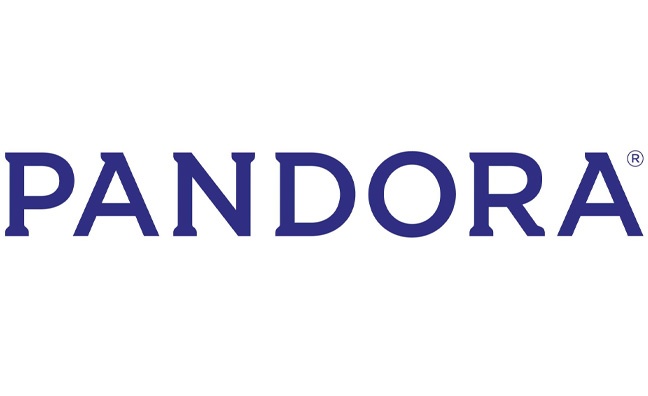Pandora is preparing for the biggest challenge in its history with the launch next month of its on-demand Premium service, which will be a potential competitor to Spotify, Apple Music and Tidal in the US.
The non-interactive digital platform, which counts over 81 million active listeners, badly needs to reclaim a momentum that has been stolen by all the other streaming services, amid the announcement that the company had been growing its turnover but at the same time had widened its losses in 2016.
Pandora, which operates mainly in the US out of its HQ in Oakland, California, was one of the precursors of the streaming tidal wave, but it merely functions as a set of internet radio stations. The new premium service, which has been built on the infrastructure from Radio, a service that went bankrupt in 2016 and whose assets were subsequently acquired by Pandora. The strength of Pandora comes from its 80 million-plus users, and its main challenge will be to convert a significant number of these free users into paid customers (it must be noted that some users already subscribe to Pandora Plus, which is Pandora's regular service but without commercials).
In a call with analysts, transcribed by Seeking Alpha, CEO Tim Westergren said he intended to make "a major statement” with the launch of the Premium service, and "bringing something new to the market. It will look very different than what’s out there; its not a me-too service. We will be loud and proud with a whole plan around the launch."
This was a bold statement, which he doubled by stating that "ultimately, it's about the quality of the product. I think the reason that you're not seeing the kind of growth that some people anticipate that the products are very hard to use. We really don't think there is a true premium product on the market yet. We think Pandora will be the first premium product."
Westergren did not disclose any details on the service itself, but said that his target for the end of 2017 was to have between 6 million and 9 million subscribers, for Plus and Premium. This compares with Spotify's 43 million and Apple Music's 21 million. [Spotify did not respond to request for comments.]
Said Westegren: "We have quite a bit of budget allocated to bringing this to market. We think we're bringing something new to this space. We're not coming to this with a me-too product that's going to look like the others. It's something very different, and we have I think a very exciting plan to get that out there. So you can expect us to be loud and proud and broad come launch time. So, there's a whole plan around that and we definitely will be investing after it."
During the call, Westergren added that Pandora's relationship with rightsholders has dramatically improved, allowing the platform to seal last September, and for the first time in the music platform's history, "a comprehensive set of direct licensing agreements with music labels and publishers. The speed of the negotiations, a mere six months, was a clear demonstration of the relationships we have built through years of commitment to developing a platform that truly supports artists."
This is a major change from a couple of year ago when Pandora was seen as antagonising creators and rights holders, but since founder Westergren came back at the helm of the company as CEO, Pandora has made great strides in trying to build bridges with the creative community and rights holders.
From a financial perspective, Pandora closed the year with a particularly strong fourth quarter, with revenues up 17% year-on-year at $392.6 million, thanks to a 16% increase in advertising revenue at $313.3 million, while subscription and other revenue were up 5% to $59.8 million. For the whole year, total consolidated revenue reached $1.385 billion, a 19% year-over-year increase, with advertising revenue up 15% to $1.072 billion, subscription and other revenue up 2% at $225.8 million, and ticketing service revenue up 25% to $86.6 million. For the full year 2016, net loss was $343.0 million compared to a net loss of $169.7 million in 2015, and adjusted EBITDA was a loss of $119.5 million, compared to a profit of $51.7 million in 2015.
Pandora main expense line is in content, representing 53% of its revenue, with royalty payments to labels, publishers, performers and songwriters reaching $734.4 million in 2016, up 20.3% from 2015's $610.4 million.
Jeffrey Himelson, an analyst at Seeking Alpha, said the results "beat analyst expectations on both the top and bottom lines" but overall, he was "bearish on Pandora's future." He added that he was "very pessimistic about Pandora's operating model as a stand-alone company”.









